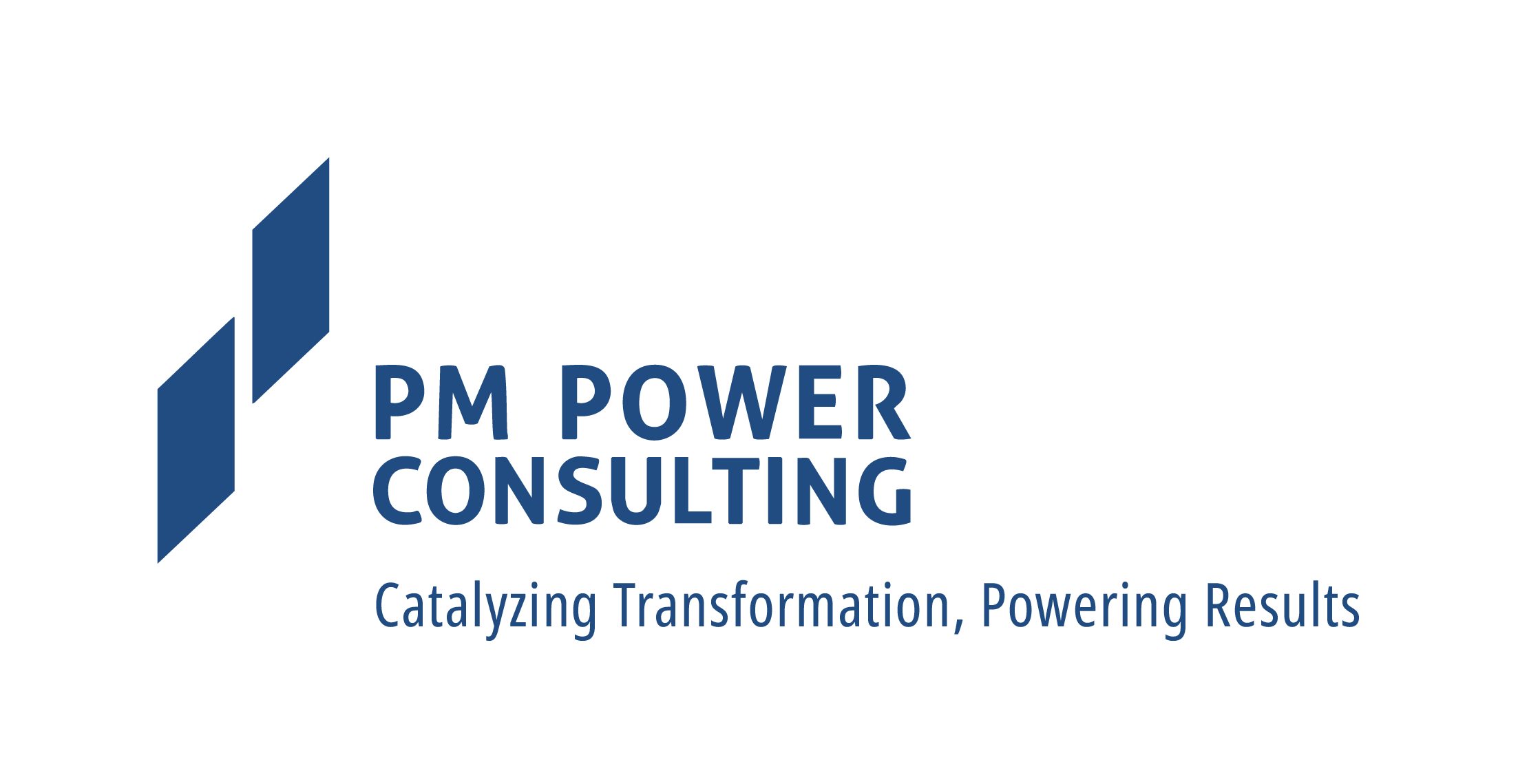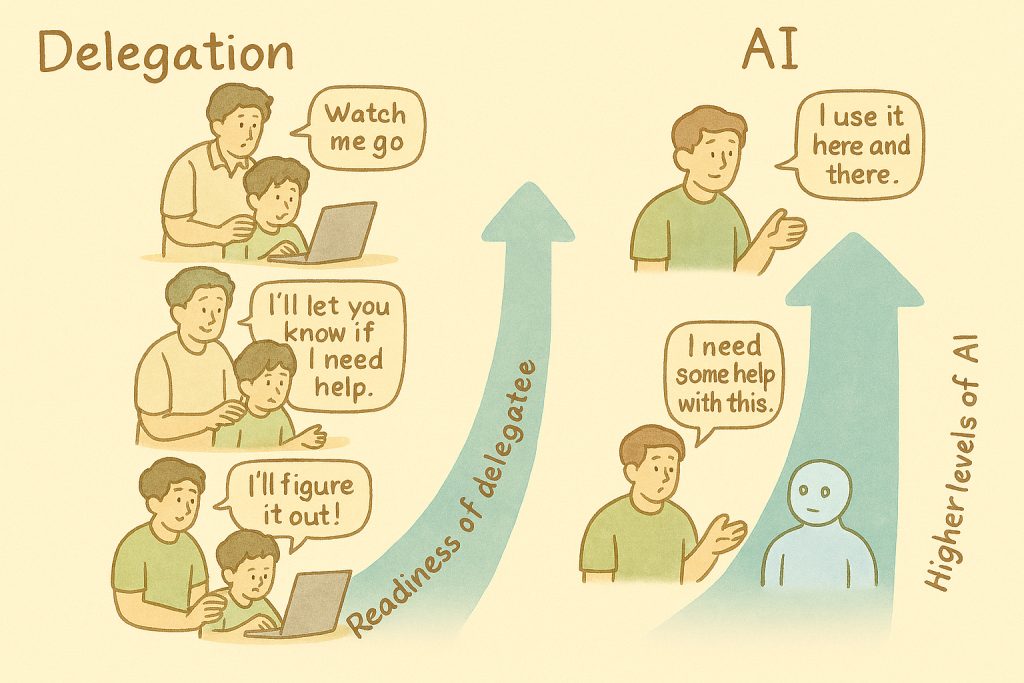We don’t have to pull the plants to make them grow. We have to just nurture them with water & soil and allow enough sunlight to fall on them (remove impediments), they will grow and bear fruits, quite efficiently.
Leaders’ role is like that of farmers. They need to create an environment where people thrive and excel in delivering value. It’s about creating an ecosystem of right mindset & culture.
But, how should Leaders develop such ecosystem? Based on our experiences in several Enterprise Agile Transformations, we have created and deployed Agile Leadership Canvas for Leadership Coaching.

We know that about 10% of the iceberg is visible and 90% is submerged in the water and not so visible. What moves the iceberg is not the visible wind on the surface, but invisible under-currents in the water.
In a similar way, what makes Agile successful is, more than the visible parts of Agile, the not so visible parts of the Agile as represented in the Agile Leadership Canvas. Top of the Agile iceberg is about the Processes, Tools, Ceremonies, Artefacts, Metrics etc. Bottom of the Agile iceberg is all about the Mindset & Culture aspects like Values, Principles, Motivation, Collaboration and so on. Top of the iceberg is about DOING Agile and the bottom is about BEING Agile. Top is more IQ oriented – Information, knowledge aspects, which people can be trained on. Whereas the bottom is EQ oriented – it’s about Mindset, behaviour aspects – people need to be coached for this change.
Bottom of the Agile iceberg is Leadership-led as cultivating Agile mindset & culture happens through certain role-modelling. But in most of our Agile Transformation engagements we notice that Leaders think that Agile is only about Teams and they want us to fix the Teams. They only focus on the top of the iceberg. They keep changing the models like Scrum to SAFe to Spotify to Lean and so on. It becomes only changing the names, as the bottom of the iceberg is not impacted – Scrum team becomes Squad, Release Planning becomes PI planning or Big Room planning etc.
Knowledge Era Paradigms
In Enterprise Agile Transformation, 50% of the change required is at Managers/Leaders level – there is a lot to unlearn & relearn from traditional Industrial Era Management Principles & Leadership styles to Knowledge Era principles. Leaders need to understand the fundamental characteristics of Knowledge Workers, as software really happens in people’s mind – not in one mind, but in collective minds of teams. There are 5 key paradigm shifts from Industrial Era to Knowledge Era that Leaders need to internalize:
- Repeatable Process to Contextual Process
- Process Driven to Principles Driven
- Supervised to Self-Managed
- Touch-time of Tools to Touch-time of Minds
- Measuring to Sensing
Whys of Agile
They also need to understand the Whys of Agile – the rationale behind Agile practices & principles. For example, why Scrum Master role is very important, why they should not compare Velocity across Teams etc. Without such understanding, they might make anti-agile choices/decisions based on past traditional thinking and drive the same old behaviours in the Teams.
Emotional Intelligence
Cornerstones of Agile Culture are Facilitative Leadership, Self-Organization and Collaboration across different Functions & Units.
Foundation for all such behaviour is Emotional Intelligence (EQ), which is the bedrock of Leadership. Self-Awareness, Self-Regulation, Self-Motivation, Empathy & Social Skills are the five dimensions/tenets of Emotional Intelligence. Self-Awareness is central to higher EQ, followed by Self-Regulation, Motivation, Empathy and Social Skills. Typically, our Education Systems and Corporate Performance Management Systems being more IQ oriented, higher EQ people tend to get filtered out of the system. Additional effort & focus is needed to enhance/develop EQ, in Leaders as well as in Teams.
Mindful Leadership
EQ can not be developed just by training people, as it’s not an intellectual exercise – it involves behaviour changes. It has been found through research (Google-Stanford research through ‘Search Inside Yourself’ program is an example), that Mindfulness practices are the practical way to develop/enhance EQ, as they bring about transformation in brain, nervous system & endocrine system, which impact the thinking, emotions, moods & behaviours.
As we take Leadership teams through experiential workshops on Agile Leadership Canvas and follow up with coaching, we are witnessing significant engagement of Leaders in active Agile Transformation. It’s gratifying to see how this in turn is influencing the behaviour changes at the Team level.
Glad it’s working.





